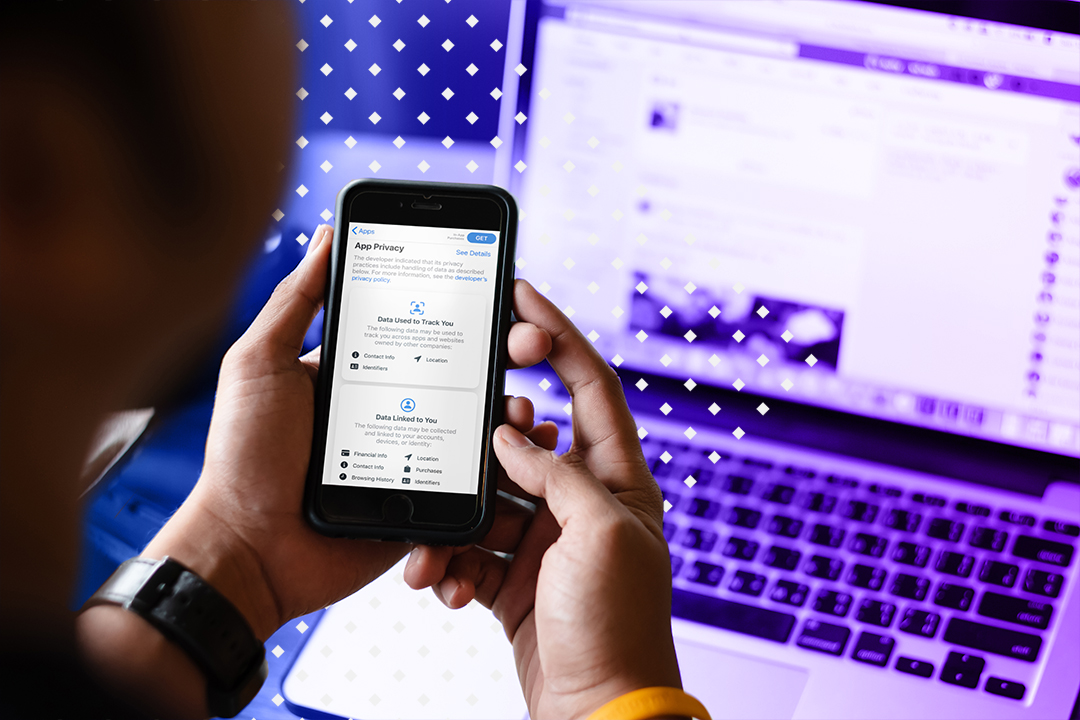The Ultimate Guide to First Party Data [in a Privacy First World]

With third-party cookies quickly becoming a thing of the past, the words at the top of every marketer’s mind in 2021 are “first-party data”.
In the following article, we take a deep dive into the value of first-party data and why [in a privacy-first world] it matters more to marketers now than ever before.
First-party data is defined as any information you directly collect from your own customers. It’s the most valuable information a brand, retailer, or publisher can collect about their audience in large part because they are opting to give it to you based on your relationship with them and it is therefore ownable.
Not only does first-party data tell you who your customers are (including demographic info) and what they’ve bought (including purchase history), it also enables you to build a direct relationship with them.
Among the many benefits of first-party data, some of the most powerful include:
With a strong first-party data strategy, collecting information on contacts with their consent will be the key to unlocking information about your audience and continue 1:1 personalization in messaging.
Before we cover all the places you can collect first-party data, it’s essential to point out how important establishing and building trust with the consumer is. Any first-party data collection strategy must be built upon a foundation of trust with your audience. You can’t do privacy paint by numbers.
With improvements to online privacy, customers are becoming more choosy about which companies to share their data with. Since trust is built on transparency, it’s good form to be open about what information you’re collecting, what you’re using it for, if you are sharing it, and how they can opt-in or opt-out of this process.
It’s also important to use the data in a way that creates a good ad experience. It’s a two-way street and customers cannot be expected to share their data if they won’t see some benefit from it in some way. You should be thinking of it as a value exchange.
First-party data can come from a variety of online and offline sources including behavioral data on your website, Customer Relationship Management databases (CRMs), Customer data platforms (CDP), loyalty programs, and Point of Sale (POS) purchases made in-store.
The collection of first-party data begins with enabling a pixel on your website. A pixel is a piece of code that receives data about a user’s activity and behavioral indicators on your site; the pixel collects and sends information directly to servers, allowing users to be followed across all of their devices. Advertisers can then link their various marketing efforts across websites and ads.
Similar to a website, customers may share first-party data when they create a user profile on an app. When users create an account through your app, you have more access to customer behavior compared to a non-registered user. You can also begin building a user profile by collecting information upfront. In-app surveys allow brands to gamify data collection, which in turn allows marketers to collect more first-party data and better segment their audience.
CRM systems such as Salesforce and others allow companies to collect and update customer contact details, track interactions, and manage customer accounts. The customer information stores in your CRM lets companies organize, automate, and synchronize each interaction with the customer. This is another way companies can build trust with their customers.
Loyalty programs are a proven method of retaining customers and growing brand affinity, even when competitors may win on other fronts such as price or convenience. Customers love to feel like they are being rewarded for their loyalty and that they are gaining access to special deals and early opportunities to buy products. The programs are so effective in capturing 1P data because the question is completely clear on what the value exchange is in exchange for the personal information they are hanging over.
The offline data collected at the cash register is particularly valuable because knowing a consumer’s purchase history allows for a high level of marketing personalization when they are back online.
A Customer Data Platforms (CDP) enables you to integrate touchpoints across all channels into a single centralized customer view so you can gain better insights about your customers and personalize their experience based on those insights. CDPs operate based on first-party data where the customer has interacted with your brand (such as purchasing or opting-in). This empowers marketers to make decisions based on known customer preferences and behavior, rather than on assumptions or guesses.
Marketers can analyze the data in their CDP to “make optimizations, figure out the next best action, and personalize their experience,” explains Lakshmi Ramesh, Senior Director of Data Services at Tinuiti.
“Every brand has first-party data, but the problem is that it’s all siloed. Without a complete view of their customers, brands often spend too much money and effort in building and maintaining point to point integrations between systems. CDPs allow you to streamline that entire process by integrating all customer data in a single place for smarter targeting and personalization.”
– Lakshmi Ramesh, Senior Director of Data Services at Tinuiti

For example, if a consumer visits your website, views a product but does not convert, you could consider using that insight to send them a promotional email for the relevant product or inform them about an upcoming sale. On the other hand, if a consumer just purchased in the past week, you could consider not marketing to that consumer for a few days and put those dollars to work elsewhere.
When you target prospects with personalized marketing instead of generic messaging, they’re more likely to convert.
Analytics remains a huge untapped opportunity with CDPs. With customer data centralized in one place, it opens up the opportunity to go deeper with your analytics.
To learn more about CDPs, check out our recent post, “Customer Data Platforms (CDP): How to Get Started“.
